Table of Contents:
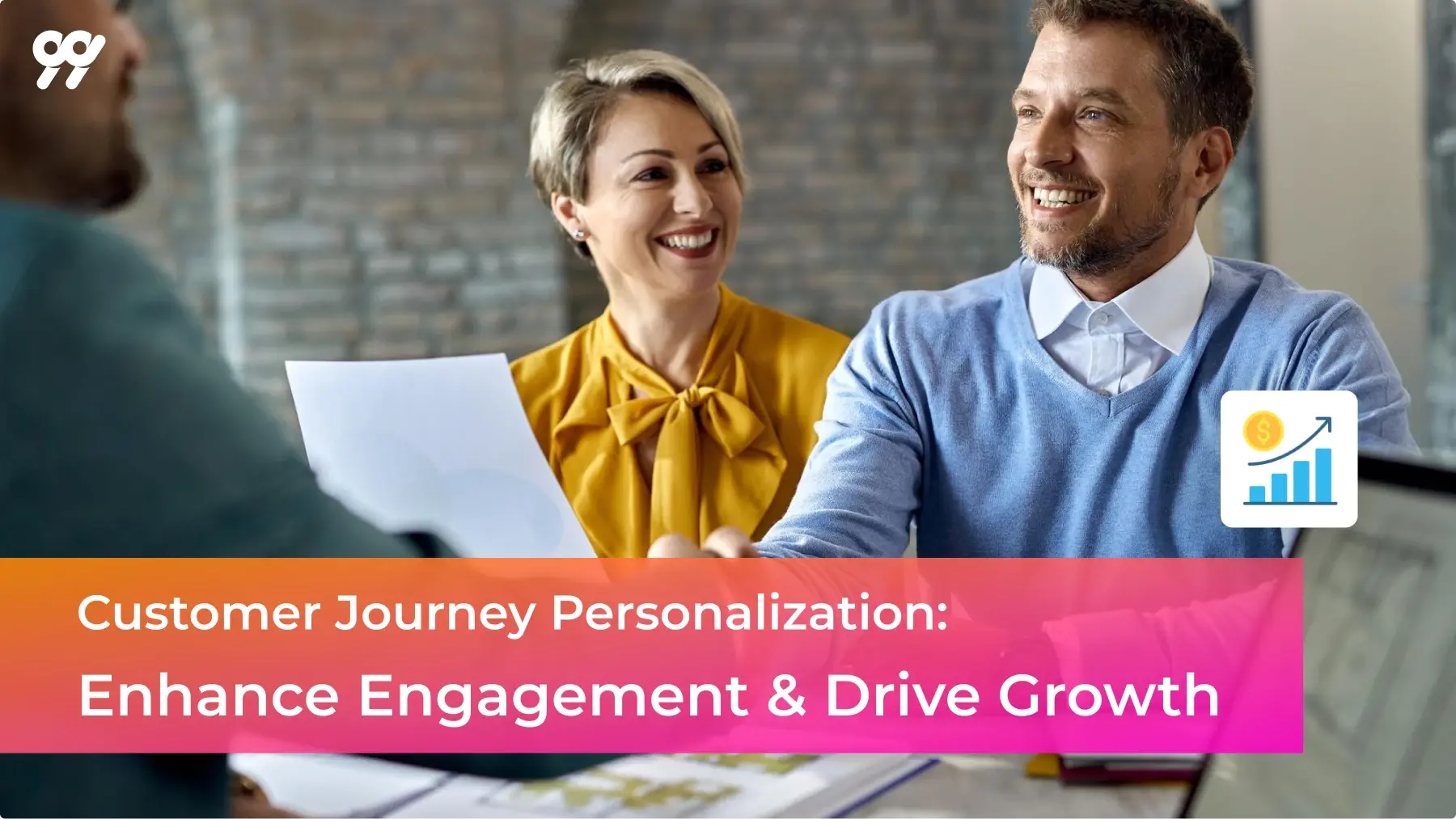
Modern consumers crave meaningful experiences, not generic interactions. They expect brands to recognize their preferences, anticipate their needs, and deliver timely, relevant communication across every touchpoint. When companies fail to personalize, customers feel like just another number in a database.
That’s why tailoring the customer journey—from the first click to post-purchase follow-ups—has become a vital part of building trust, loyalty, and long-term engagement.
Customer journey personalization is tailoring interactions and communications at every stage of a customer’s lifecycle based on their behavior, preferences, history, and intent.
Rather than offering a “one-size-fits-all” experience, brands can use data and automation to deliver hyper-relevant content, product recommendations, and messaging that guides users from awareness to purchase and beyond.
For Example:
Target? Create consistent, individual trips that feel unautomated with humans.
With rising customer acquisition costs and increasing competition, personalization isn’t just a nice-to-have—it’s a must-have. According to a Twilio study, 62% of consumers expect personalized experiences, and 80% are more likely to purchase when brands deliver them.
In a world where digital noise is everywhere, customer journey personalization helps your brand:
There’s a lot of noise online, and many brands are trying to grab people’s attention. Personalization helps your brand stand out because it makes your message feel more relevant and tailored to each person. When customers see that you understand their preferences, they are more likely to notice and remember you.
People are more likely to trust brands that make them feel understood. When you personalize experiences—like remembering their name, suggesting products based on their interests, or offering discounts relevant to them—it shows that you care. Over time, this builds a stronger relationship and trust with your customers.
Personalized experiences increase the chances that a customer will take action, like making a purchase or clicking on a link. When people see offers or products that are relevant to them, they’re more likely to engage. Personalization makes the process smoother and more appealing, leading to higher conversion rates.
Churn refers to customers leaving or stopping their engagement with your brand. Personalization helps reduce churn because it keeps customers engaged by giving them content and offers that match their needs. When people feel like you understand them, they’re less likely to go to a competitor.
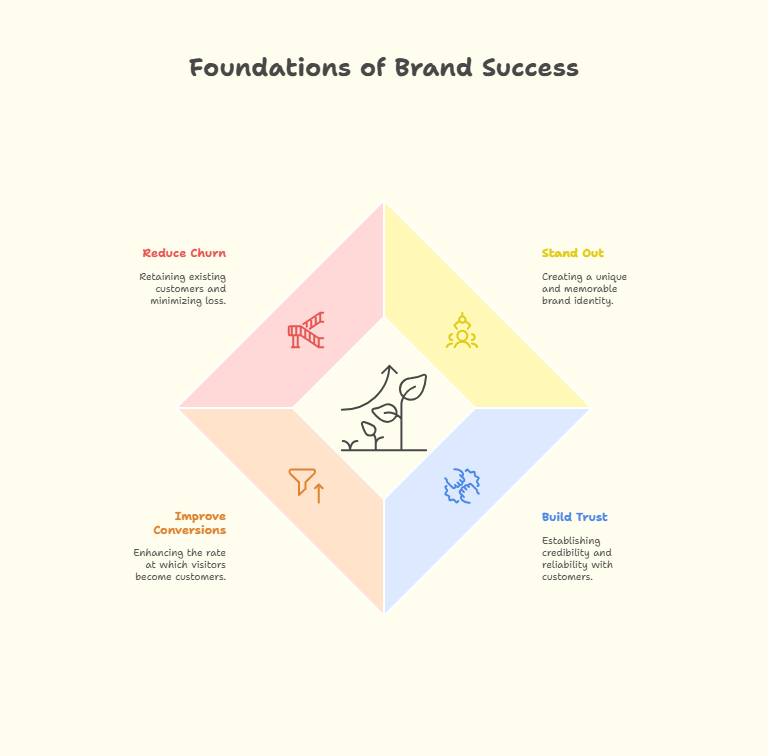
Personalizing the customer journey doesn’t just make customers feel special—it also leads to real business benefits. Here’s how:
Personalized messages get more attention. For example, while a generic email might have an open rate of 24%, a personalized email can have a 29% open rate. On top of that, personalized emails also have a 41% higher click-through rate. This means people are more likely to open, read, and take action on content that feels relevant to them. Personalization creates a stronger connection and keeps customers engaged with your brand.
When customers feel like a brand truly understands them, they are more likely to take action, whether it’s signing up for a webinar, downloading an eBook, or making a purchase. By customizing the customer journey based on behavior, interests, and preferences, you can create experiences that guide people through each step of the process. For example, if someone has previously shown interest in a product, sending them a personalized offer can nudge them to convert and complete the purchase. This sense of being “seen” leads to better results.
Customer Loyalty doesn’t come from just one great experience; it’s built over time with consistent, relevant interactions. When customers receive personalized experiences across different touchpoints (like email, website, and social media), they are more likely to stick around and even recommend your brand to others. Personalization shows that you value their preferences, which helps build a long-lasting relationship and fosters brand advocacy. The more relevant your interactions, the more likely customers will return again and again.
Cart abandonment is a huge issue for many online retailers. However, personalized follow-up emails can help recover those lost sales. For example, sending a cart abandonment email that includes images of the products left in the cart, along with personalized offers or discounts, can encourage customers to return and complete their purchase. By reminding them of what they were interested in and offering something tailored to their needs, you can significantly reduce cart abandonment rates.
Personalized experiences make customers feel more valued. Whether it’s a product recommendation based on past purchases or tailored support, personalization makes the experience smoother and more enjoyable. When customers feel like you understand them and cater to their needs, they are more satisfied and happy with your brand. This leads to positive feedback, more referrals, and a stronger reputation.
Personalization also plays a key role in retargeting campaigns. By understanding where customers are in their journey, you can send them tailored ads or emails that reflect their interests and behavior. For example, if someone visited your site but didn’t buy, you can retarget them with personalized content or offers related to the products they viewed. This type of relevant follow-up is far more effective than generic ads, leading to higher chances of conversion.
When you personalize the customer journey, you can offer products or services that are directly relevant to the individual’s needs. For example, if a customer frequently buys running shoes, showing them new arrivals in athletic wear or related accessories increases the chances that they’ll make another purchase. Personalization helps guide customers toward products that truly match their preferences, improving both customer satisfaction and sales.
By personalizing the customer journey, you also make better use of the data you collect. With the right tools, you can track customer behavior, understand their preferences, and predict what they’re likely to want next. This helps you deliver more accurate and effective messaging, resulting in a smoother customer experience and higher sales.
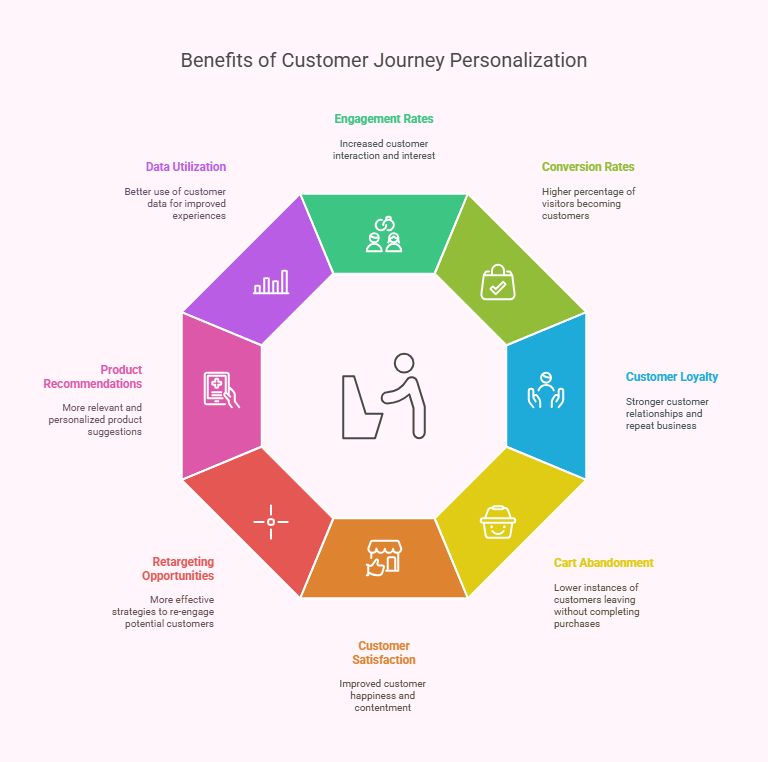
Personalization isn’t just about sending out one-off messages. To truly make an impact, personalization should be integrated throughout the entire customer journey—from the first interaction to post-purchase support. Here are the key touchpoints you should focus on:
The website is often the first place customers interact with your brand. Personalizing their experience here can make a huge difference.
By personalizing the website experience, you can guide users to products and actions they’re most likely to be interested in, improving engagement and conversion rates.
Emails are one of the most effective ways to stay in touch with your audience. Personalizing your email marketing ensures your messages are more relevant and engaging.
You can create different content blocks in an email based on where the customer lives, their past behavior, or their preferences.
For example, if someone is in a cold climate, highlight winter products, or if they’ve shown interest in outdoor activities, offer related discounts.
Personalized emails not only stand out but also increase the likelihood of customers taking action, such as opening the email or making a purchase.
A personalized onboarding journey helps customers feel more comfortable and confident, leading to better product adoption.
When customers need help, personalized support is crucial for creating a positive experience. Personalizing customer support ensures you’re addressing their specific needs.
Personalized customer support makes your brand feel more attentive and builds customer loyalty.
For example, if a customer looked at a product but didn’t purchase it, show them a retargeting ad with that same product or a similar one. If they abandoned their cart, show them a reminder about the items they left behind, possibly with a discount to entice them to complete the purchase.
Retargeting ads that reflect a customer’s specific interests are far more likely to convert, as they remind the customer of exactly what they were interested in.
Social media is another touchpoint where personalization can play a key role in customer engagement.
The customer journey doesn’t end after the sale is made. How you engage customers after they’ve purchased matters, too.
For example, after a customer buys from your store multiple times, send them an exclusive offer based on their preferences.
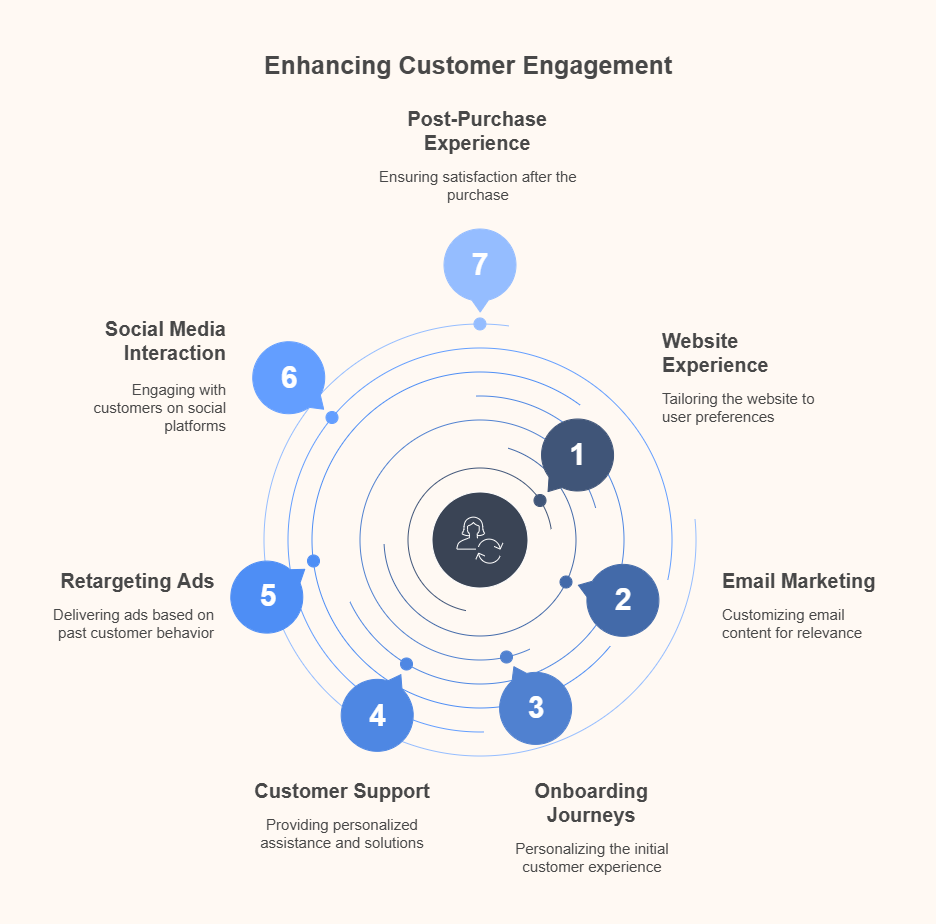
Personalizing the customer journey is a powerful way to enhance your marketing efforts and improve your customer’s experience. Here are some actionable strategies you can implement to make the customer journey more personal and meaningful:
For example, a returning customer might get a discount on their next purchase, while a new customer might receive a welcome email with helpful tips.
Dynamic content refers to content that changes based on the user’s preferences, behavior, or profile. For example, you can create personalized landing pages, calls-to-action (CTAs), and emails that respond to each customer’s unique characteristics. Some ideas include:
Using dynamic content helps create a more relevant and engaging experience for customers.
AI (Artificial Intelligence) and automation can take your personalization efforts to the next level. Here’s how: Product recommendations: AI can suggest products to customers based on their browsing and purchase history.
For example, if someone buys a phone case, the system might suggest a matching screen protector.
By leveraging AI and automation, you save time while offering personalized, timely experiences for your customers.
One of the most powerful personalization strategies is to personalize in real time. This means reacting to a customer’s actions instantly, creating a sense of responsiveness and relevance. Some tools that can help with this include:
Real-time personalization helps create immediate and meaningful interactions that can lead to better conversions and customer satisfaction.
To effectively personalize the customer journey, it’s important to map it out first. Understanding the entire journey—from the moment a customer becomes aware of your brand to when they become a loyal advocate—lets you identify personalization opportunities at every touchpoint. Here’s how to map out the customer journey:
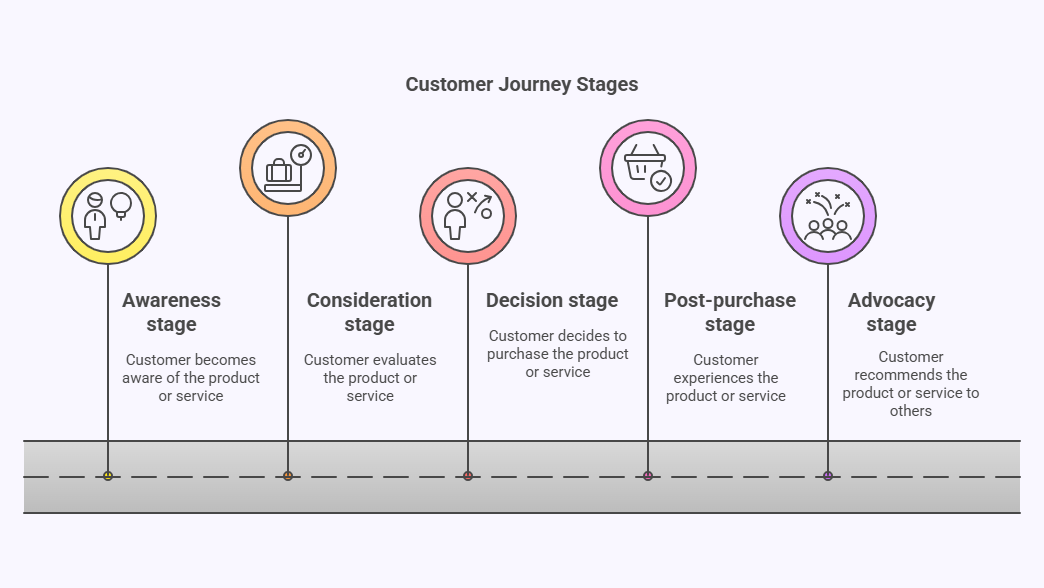
Done wrong, personalization can bite the person doing it. Watch out for these pitfalls:
Personalizing the customer journey isn’t just a cool trend—it’s quickly becoming the future of digital marketing. Today’s customers expect brands to understand their needs and offer relevant, timely experiences. If businesses don’t personalize, they risk falling behind and losing valuable customers.
Whether it’s sending personalized emails, showing smart product recommendations, or offering the right discounts at the right time—there are plenty of tools available to make this happen. But what really matters is having the right approach and mindset.
When you tailor every step of the journey to fit your customer’s preferences and behavior, you’re not just trying to make a sale—you’re building trust and long-term relationships.
Platforms like 99minds make it even easier by helping brands create customized loyalty programs, targeted discounts, and more—all designed to boost engagement and keep customers coming back.
Start small, stay consistent, and always put your customer at the center of the experience. That’s how personalization turns into lasting success.
